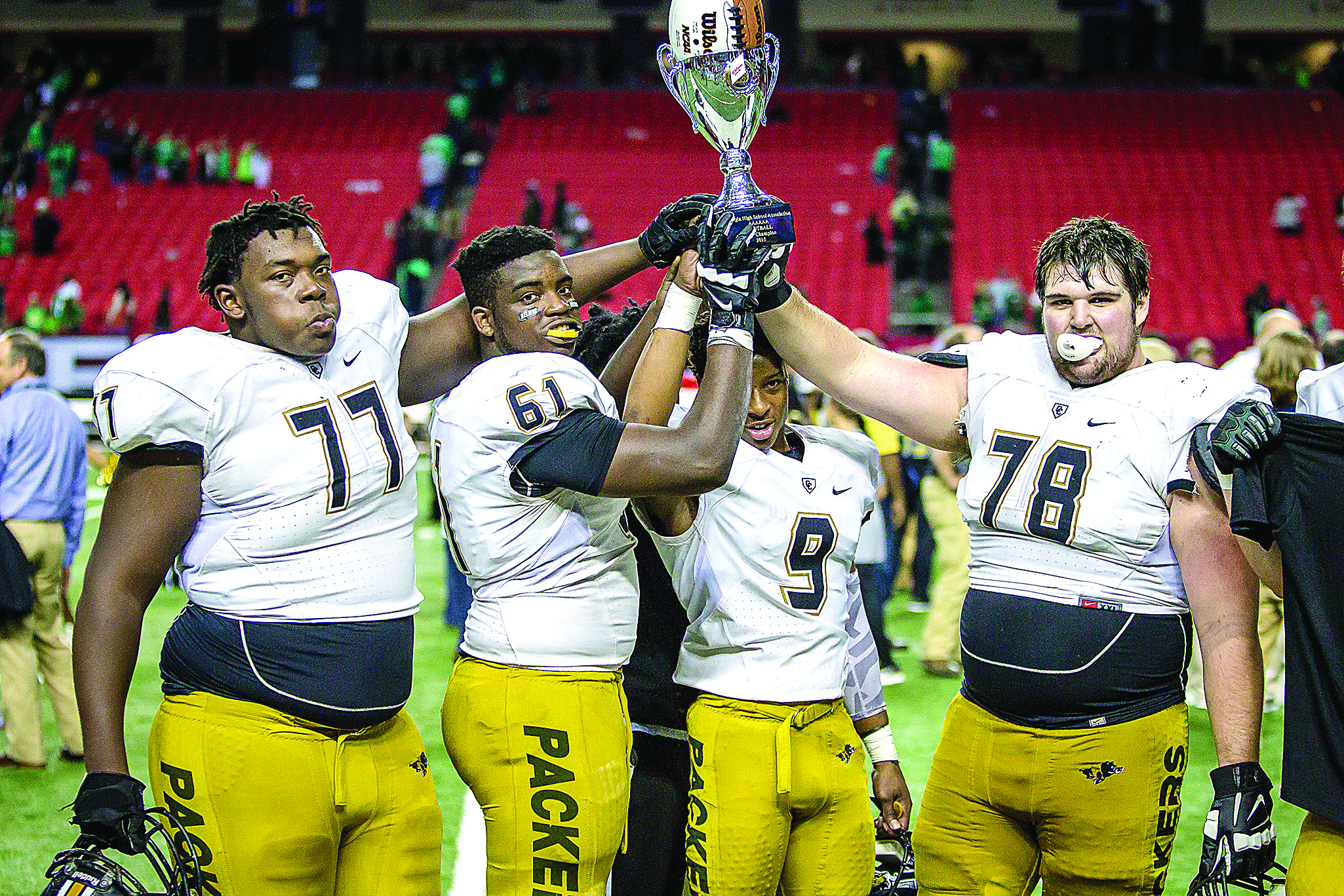TRAVEL COLUMN: U.S. history preserved inside country’s presidential libraries
Published 8:15 am Friday, February 17, 2017

- Bush Library: The George Bush Presidential Library and Museum, preserving the history of the administration of the 41st president, is on the campus of Texas A&M in College Station, Texas.
Described by President Ronald Reagan as “classrooms of democracy,” our country’s presidential libraries were established in 1955 by Congress as places that preserve and make accessible presidential materials including papers, records, and audio and video recordings.
During the last two years we have visited the libraries of former Presidents Harry Truman, Gerald Ford, George H.W. Bush and Bill Clinton. In past years we’ve visited those of Presidents Franklin D. Roosevelt, Herbert Hoover and Dwight Eisenhower.
Trending
We thoroughly enjoyed each as a window into our country’s past and the decisions and administration of one of its leaders.
Presidential libraries are must-visit destinations for history buffs, and they’re a good stop for anyone during a month when we celebrate the birthdays of George Washington and Abraham Lincoln, while honoring all of our presidents.
FDR inspired the creation of a repository of presidential records – an idea he proposed during his second term in office. He felt many valuable records of prior presidents were lost through neglect, destruction and even sale.
Preserving these documents and other records in a single place would prove important to academics and anyone with an interest in our nation’s history.
Thus was born the first presidential library. The building to preserve FDR’s documents in his hometown of Hyde Park, New York, was completed in 1941. The library was designed by the president, himself, and remains the only presidential library actually used by a sitting president. Others were not finished until the respective presidents were no longer in office.
FDR’s library was funded by private sources, starting a tradition that has continued with subsequent presidential libraries. Once built, the libraries are donated to the U.S. government to be operated by the National Archives and Records Administration, an independent agency that serves as the country’s keeper of record.
Trending
According to the National Archives, 1 to 3 percent of the country’s official documents and materials are considered sufficiently important to retain forever.
The presidential libraries are different from our familiar public libraries in that they tend to be research facilities of more interest to academics, especially historians. But the libraries – of which there are 13, with another to be added in Chicago for President Obama – are typically combined with museums.
Those include exhibits and displays that are more appreciated by the general public, telling the story of the person, the family and the administration through photographs, personal possessions, and other memorabilia.
Only the Gerald R. Ford Presidential Library and Museum are in separate locations. The library is at the University of Michigan in Ann Arbor while the museum is in Ford’s hometown, and former congressional district, of Grand Rapids. The two are split because Ford had donated many of his personal and official papers to his alma mater during his many years in Congress – when he had no thought of becoming president.
Presidential libraries are becoming larger, more elaborate and more costly. A recent Wall Street Journal article characterized more recent libraries as resembling “self-tributes that royalty once erected.”
For example, the modernistic building housing the Clinton Library sits alongside the Arkansas River near an old railroad bridge now used by pedestrians. According to the former president, the library’s focus is “building bridges from yesterday to tomorrow.” Concepts such as this received little consideration in most early presidential libraries.
Recent libraries also tend to be located in more accessible urban centers, rather than the presidents’ hometowns.
Some of the early ones — including those of presidents Hoover, FDR, Truman and Eisenhower – are located in their respective hometowns of West Branch, Iowa, Hyde Park, New York, Independence, Missouri, and Abilene, Kansas.
Clinton’s library is in Little Rock, Arkansas, while the Jimmy Carter Library is in Atlanta, Georgia. The library of George H. W. Bush is on the campus of Texas A&M University in College Station, Texas, even though our 41st president was born in Massachusetts and graduated from Yale.
Likewise, his son, our 43rd president, was born in Connecticut and graduated from Yale, but his presidential library is in Dallas, on the campus of Southern Methodist University.
Newer libraries and museums are also more user-friendly, especially for children. During our visit to the George Bush Presidential Library in College Station, for example, we watched as a young boy worked on a simulation in the “situation room.”
The more recent presidential libraries also devote more effort to examining each president’s childhood and education in an attempt to explain how their administrations were shaped by earlier events.
Regardless of your political persuasion, visiting America’s presidential libraries should be added to your travel bucket list.
David and Kay Scott are authors of “Complete Guide to the National Park Lodges” (Globe Pequot). Visit them at www.valdosta.edu/~dlscott/Scott.





